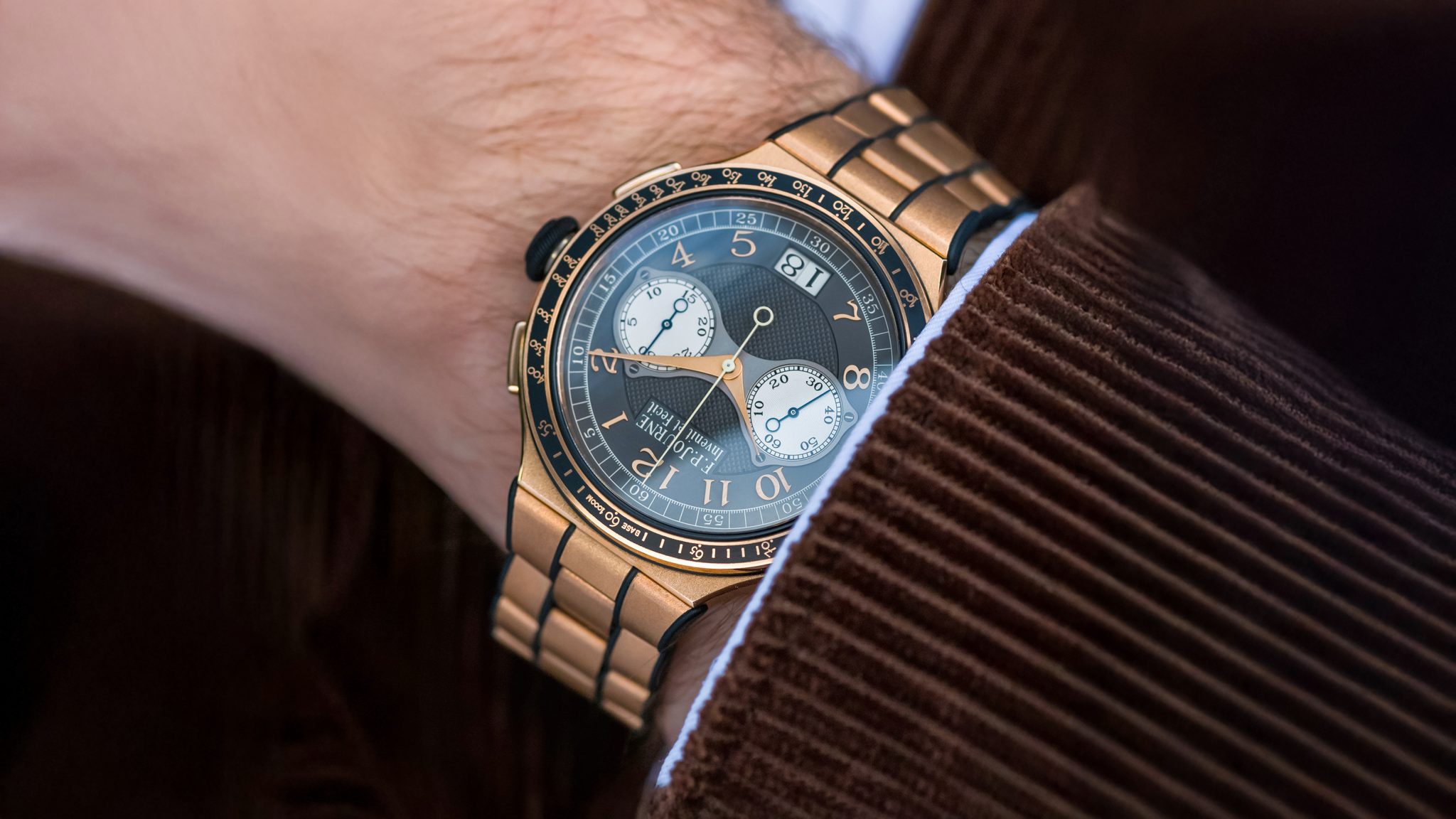
Gilt Dial 1016 Rolex Explorer
The 1016 has this quality very few watches can pull off. First, it’s never out of place. But more importantly, it is equally at home in a dive bar in rural New Mexico or at the Atlas Bar in Singapore. To put it another way, it’s classless, capable, and collected. If you just require one unit of vintage, four-digit Rolex, it will cover all bases. It arrived in 1953 alongside the Sub and Turn-O-Graph, right at the outset of those pivotal years which came to define the Rolex, the real Rolex, foundation we all love. And it comes stigma free, unlike many other sport Rolexes.

At the time of introduction, the 1016 differed from the similarly cased Datejust, Oyster Perpetuals, and predecessor (the 6610) in a 100 meter water resistance. All the other non-sports range was 50 meters, but the 1016 added a domed crystal and rounded caseback gasket. The 3-6-9 dial had appeared in three references prior, but the 1016 was beloved precisely because it brought all these things together in true serial production. That made it something of the working man’s Rolex, if there is such a thing. It might not have summited Everest. But Rolex certainly used that expedition to firmly establish their place in the adventurer’s mind. The Explorer was a watch for people who got things done or just wanted a great Rolex. This is the, ahem, summit of versatility, if not Everest.
The 1016 was the watch to spanned the transition from gilt to matte. You may have noted, this is a gilt dial from right near the end in 1966. The transition happened around 1967 and, though we love matte as well, gilt construction is just so glossy and beautiful. The gilt print was a thoroughly time-intensive process, but over time that gold has come to perfectly match the tritium dial. It shimmers with a deep glassy warmth today. Nothing compares. Interestingly, while the Submariner and GMT-Master grew crown guards of different shapes, the 1016 case stayed pretty static minus a bracelet which evolved. Nearly all of the the learning here is to be done in the dial, which won’t disappoint. In gilt alone there are 7 types. The 1016 is just likable, charming, and still seems attainable. Plus they never made it in two-tone, which is as it should be.


This example appears great. Its case has been lightly polished, should be noted up front, but it is truly light. The dial is mega. No damage visible, beautiful golden tritium, and no crazing to the gloss. It comes on a latter 7836 bracelet, a case and gilt dial around 1966 would’ve been on a rivet bracelet, so take that into account. But it’s priced as it should be, all considered. It comes from a well-regarded Spanish retailer.








